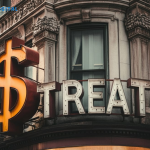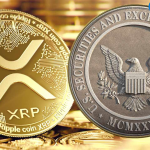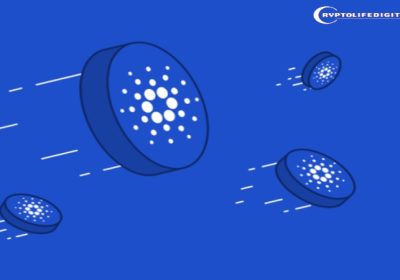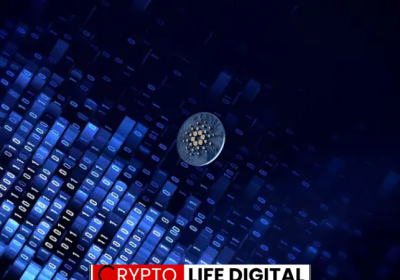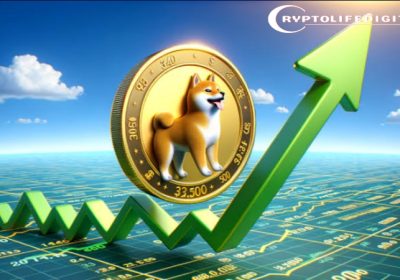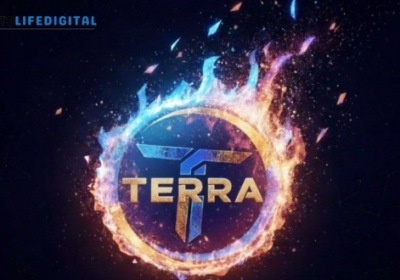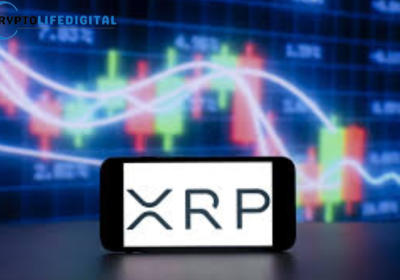Title: XRP and XLM: Bridging the Future of Global Finance
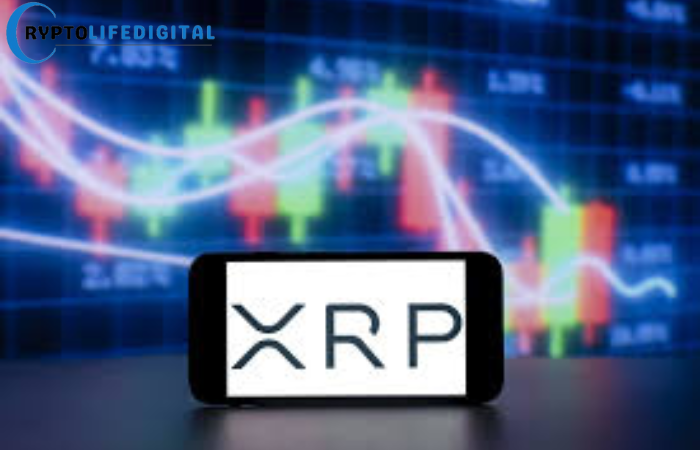
In the fast-evolving world of digital finance, two assets continue to stand out not just for their merits but for how powerfully they complement each other—XRP and XLM. These assets are more than just cryptocurrencies. Together, they form the backbone of a new financial paradigm that prioritizes speed, accessibility, liquidity, and inclusion.
Both XRP and XLM were created by Jed McCaleb, sharing similar technological roots but crafted for different purposes. XRP focuses on institutional-scale liquidity and interoperability, while XLM aims to bank the unbanked and democratize access to the financial system. When working together, they serve as the perfect bridge between two financial worlds: traditional finance and the decentralized future.
Read Also: President’s Bold Prediction: A Market and Economic Boom Ahead
XRP: The Institutional Liquidity Engine
XRP functions as a bridge currency, enabling the fast and low-cost movement of value across borders. It solves the age-old problems of slow settlements, high transaction fees, and complex currency conversions that plague the global banking system.
- RippleNet, Ripple’s enterprise blockchain, connects financial institutions in a seamless, regulatory-compliant manner.
- XRP powers instant liquidity between fiat currencies, removing the need for pre-funded accounts.
- It supports interoperability with other digital assets and networks, including HBAR and XDC, reinforcing its role as the “glue” between various ecosystems.
By enhancing liquidity and settlement efficiency, XRP plays a pivotal role in bridging centralized finance (CeFi) with the decentralized world, ensuring that institutions can interact with tokenized assets without compromising on trust or speed.
XLM: The People’s Network
Stellar’s XLM was designed with a humanitarian mission: to provide financial access to underserved populations. Whether it’s peer-to-peer remittances or support for digital identity and CBDC issuance, XLM serves as a gateway for everyday users into the digital economy.
- Stellar’s collaboration with the UN, World Bank, and IMF underscores its commitment to inclusion.
- XLM allows for the tokenization of assets, including stablecoins and CBDCs, with projects like USDC already integrated.
- Stellar supports connectivity in hard-to-reach regions through initiatives like Starlink-powered financial inclusion.
XLM is built to enable micro-transactions, day-to-day payments, and mobile money, reinforcing its role as the heart of the decentralized economy for individuals.
Ripple’s Strategic Investments in Stellar Ecosystems
Ripple isn’t just building XRP. It is also quietly supporting infrastructure that strengthens the Stellar ecosystem. Notable investments include:
Read Also: Shibarium’s Gold Age: From Experimentation to Infrastructure
- SHX (Stronghold): A network focused on secure asset storage and payments, supporting Stellar-based protocols.
- VELO Protocol: A decentralized lending and borrowing protocol where XLM plays a utility role, enabling peer-to-peer finance aligned with Stellar’s mission of financial empowerment.
These investments reinforce the synergy between XRP and XLM by enhancing both liquidity and accessibility, creating a holistic financial ecosystem.
XRP as the Gateway, XLM as the Engine
XRP and XLM function in a complementary cycle:
- XRP provides liquidity for large-scale institutional movements, unlocking capital into the blockchain space.
- XLM distributes this liquidity through small-scale, retail-friendly channels, enabling inclusion and economic activity at the grassroots level.
This cycle ensures both top-down and bottom-up transformation, unifying the financial system across all levels.
RLUSD and the Rise of Tokenized Dollars
Ripple’s launch of RLUSD, a stablecoin pegged to the U.S. dollar, signals the next era of tokenized money. RLUSD is designed to:
- Bridge fiat and digital currencies through blockchain integration.
- Serve as a model for regulatory compliance, giving assurance to governments and financial institutions.
- Enhance global transaction efficiency, leveraging XRP’s liquidity infrastructure.
RLUSD is more than just a stablecoin—it’s a blueprint for future tokenized fiat, enabling the full realization of a digital global economy.
Shaping the Future of Money—Together
XRP and XLM are not competitors. They are partners in transformation, each solving different pieces of the same puzzle:
- XRP ensures cross-border liquidity and enterprise-grade performance.
- XLM brings financial services to the unbanked and underbanked.
- RLUSD introduces regulated, tokenized fiat into the ecosystem.
- Ripple’s investments ensure long-term infrastructure stability and growth.
Together, these elements form a comprehensive digital finance network that is compliant, inclusive, and ready for the future.
Final Thoughts
Understanding XRP and XLM is no longer optional—it’s essential for those looking to be part of the next global financial revolution. These two assets form the backbone of an inclusive, tokenized, and interoperable economy. As governments embrace regulation and institutional adoption accelerates, the role of XRP and XLM will only grow more central.
In this digital future, XRP provides the highway, XLM provides the vehicles, and RLUSD becomes the fuel. It’s not just about holding assets—it’s about understanding how they connect and their roles in shaping the future of money.
Follow us on Facebook, Telegram, and Google News.

Dr. Olajide Samuel juggles the demands of medical studies with a passion for cryptocurrency. A seasoned blogger, Olajide shares his vast global knowledge of the crypto space, offering insights to enthusiasts. Despite his busy schedule, his commitment to crypto remains strong, and he actively seeks ways to contribute to its future.



